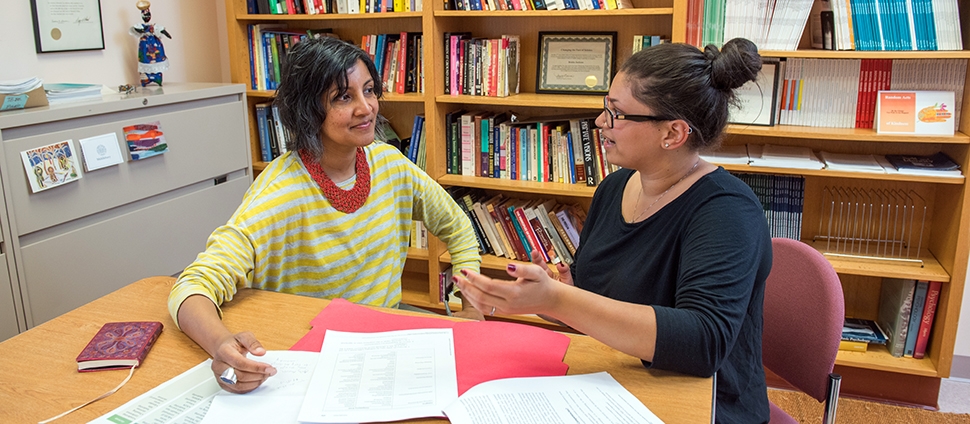Document Type
Article
Publication Date
11-15-2022
Publication Title
Clinical and Translational Medicine
Abstract
Background: Daily rhythms are observed in humans and almost all other organisms. Most of these observed rhythms reflect both underlying endogenous circadian rhythms and evoked responses from behaviours such as sleep/wake, eating/fasting, rest/activity, posture changes and exercise. For many research and clinical purposes, it is important to understand the contribution of the endogenous circadian component to these observed rhythms. Content: The goal of this manuscript is to provide guidance on best practices in measuring metrics of endogenous circadian rhythms in humans and promote the inclusion of circadian rhythms assessments in studies of health and disease. Circadian rhythms affect all aspects of physiology. By specifying minimal experimental conditions for studies, we aim to improve the quality, reliability and interpretability of research into circadian and daily (i.e., time-of-day) rhythms and facilitate the interpretation of clinical and translational findings within the context of human circadian rhythms. We describe protocols, variables and analyses commonly used for studying human daily rhythms, including how to assess the relative contributions of the endogenous circadian system and other daily patterns in behaviours or the environment. We conclude with recommendations for protocols, variables, analyses, definitions and examples of circadian terminology.Conclusion: Although circadian rhythms and daily effects on health outcomes can be challenging to distinguish in practice, this distinction may be important in many clinical settings. Identifying and targeting the appropriate underlying (patho)physiology is a medical goal. This review provides methods for identifying circadian effects to aid in the interpretation of published work and the inclusion of circadian factors in clinical research and practice.
Keywords
chronobiology, chronomedicine, circadian, circadian medicine, daily, diurnal, human, time-of-day, translational
DOI
10.1002/ctm2.1131
Creative Commons License

This work is licensed under a Creative Commons Attribution 4.0 International License.
Rights
© 2022 The Authors.
Version
Version of Record
Recommended Citation
Klerman, Elizabeth B.; Brager, Allison; Carskadon, Mary A.; Depner, Christopher M.; Foster, Russell; Goel, Namni; Harrington, Mary; and al, et, "Keeping an Eye on Circadian Time in Clinical Research and Medicine" (2022). Psychology: Faculty Publications, Smith College, Northampton, MA.
https://scholarworks.smith.edu/psy_facpubs/203


